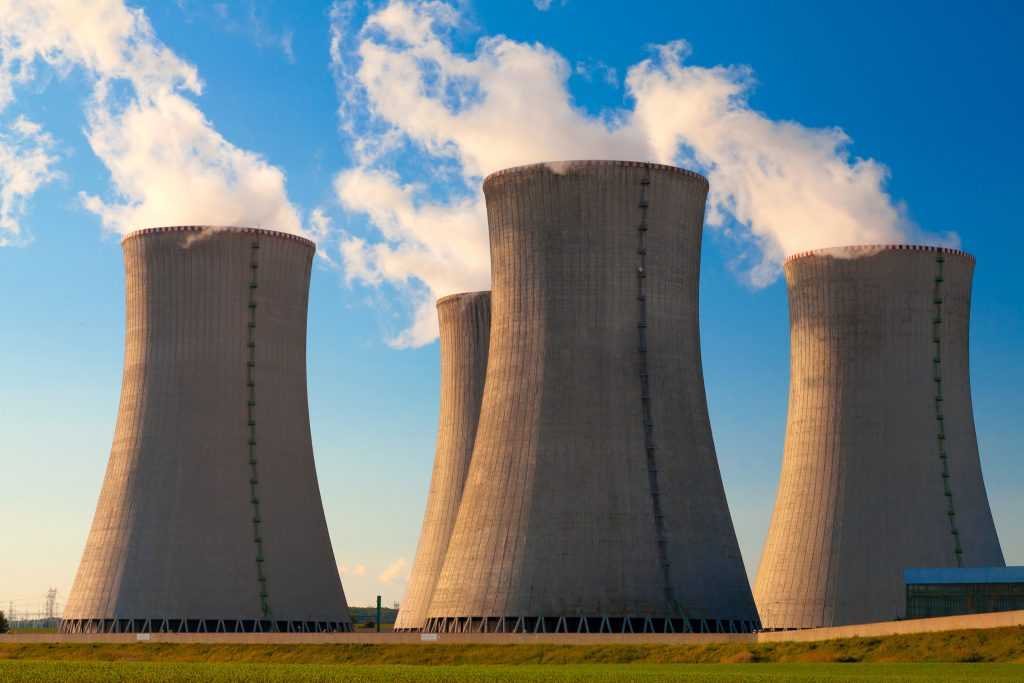
You have probably already realized this; working with nuclear and chemical stuff is pretty dangerous. The epiphany would have hit you during your first mishap, but you have reasons why you take jobs that expose you to them anyway though it’s not an excuse to skimp on some safety measures and investments.
Luckily, a long time ago, the government realized that maybe they ought to give special attention to employees that work in these dangerous environments. And so, the Energy Employee Occupational Illness Compensation Program Act benefits, EEOICPA for short, was developed.
Perhaps you have an awareness of this Act but might not know exactly how it would benefit you to file a claim when an incident happens. It’s an important thing to know if you wish to continue working in risky environments. For this reason, here is a basic run through of the facts that you need to know.
The What
According to the Energy Employees Claimant Assistance Project’s website, if you work at the covered Department of Energy(DOE) facilities and have been diagnosed with cancer or any other illness caused by chemicals or toxins from those sites, then you can. Also, if you are a survivor of a deceased employee that worked for DOE facilities and perished because of cancer or other illness caused by chemicals or toxins, you can also file a claim.
Now there are some particulars that you should be aware of. Survivors are categorized into two groups: Part B and Part E survivors.
Part B
This can cover workers that acquired cancer, beryllium diseases, or silicosis. Eligible survivors would be: living spouse, or children (no age limit), or parents, or grandchildren, or grandparents.
Part E
This covers workers who have acquired illnesses related to chemical toxins. Survivor coverage includes living spouse, children under 18, children who are full-time students under 23, children of any age that are unable to work because of medical disabilities, all of which should be at the time when the parent died.
Be sure to read and understand the brochure to clarify some of the details.
The Why
So now you know when you should file a claim and who can do it, but what exactly are the benefits of doing so?
Part B has $150,000 and medical care for covered illnesses for workers, and $150,000 and medical care for covered illnesses if the claim was filed before the worker has died for survivors.
Part E has up to $250,000 and medical care for covered illnesses, and $125,00-$175,000 and medical care for covered illnesses if the claim was filed before the worker has died for survivors
It’s important to understand the particular range and limitations of the EEOICPA benefits. Be sure you and your family are prepared for emergencies since the essences of emergencies are their unpredictability.

